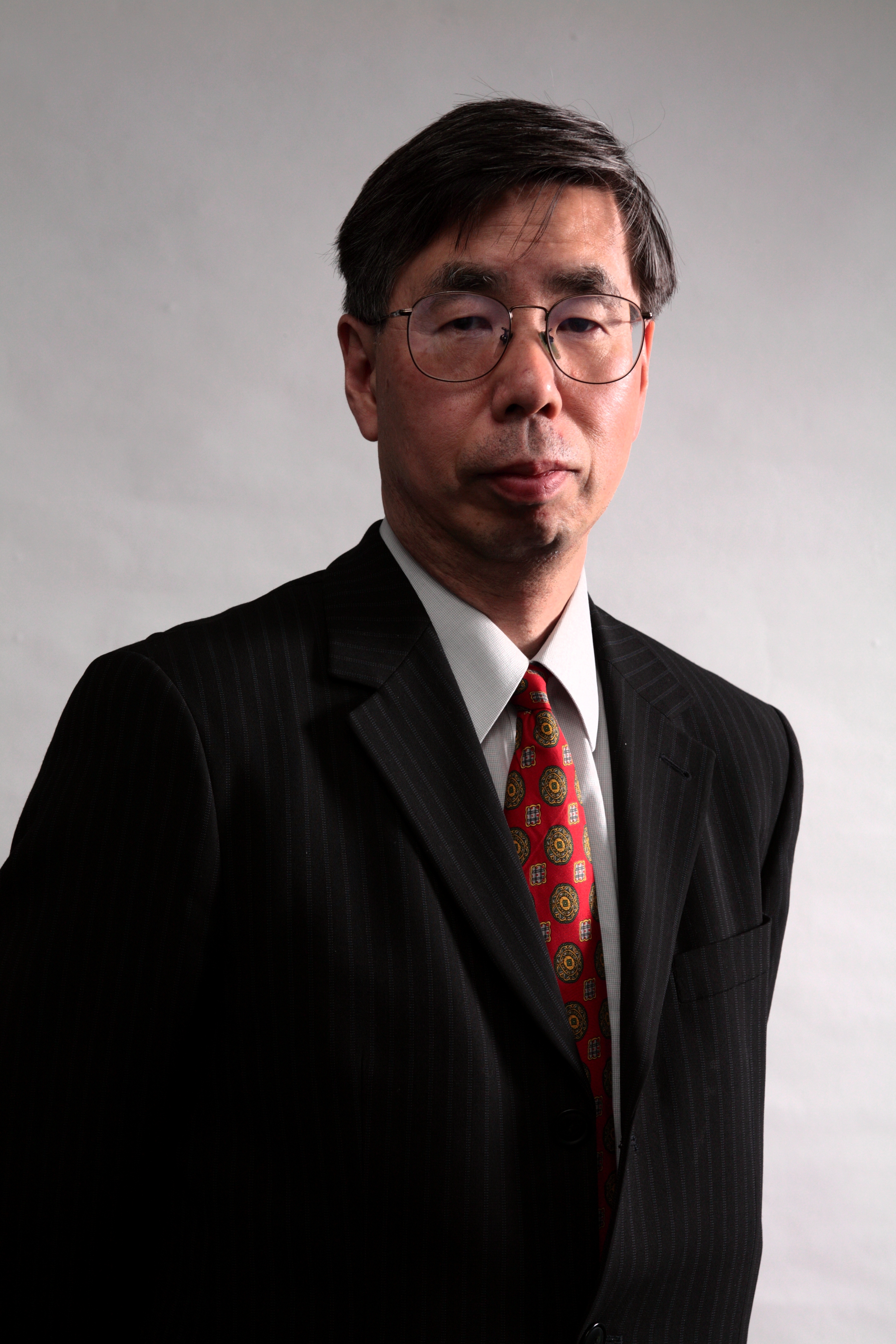
The University of Tokyo
| Prof. Masahiro Fujita |

|
|---|---|
| VLSI Design and
Education Center The University of Tokyo |
|
| Title: Unified logic framework for synthesis, testing and diagnosis | |
Biography:
Masahiro Fujita received his Ph.D. in Information Engineering from the University
of Tokyo in 1985 on his work on model checking of hardware designs by using logic
programming languages. In 1985, he joined Fujitsu as a researcher and started to work
on hardware automatic synthesis as well as formal verification methods and tools,
including enhancements of BDD/SAT-based techniques. From 1993 to 2000, he was
director at Fujitsu Laboratories of America and headed a hardware formal verification
group developing a formal verifier for real-life designs having more than several
million gates. The developed tool has been used in production internally at Fujitsu and
externally as well. Since March 2000, he has been a professor at VLSI Design and
Education Center of the University of Tokyo. He has done innovative work in the areas
of hardware verification, synthesis, testing, and software verification-mostly targeting
embedded software and web-based programs. He has been involved in a Japanese
governmental research project for dependable system designs and has developed a
formal verifier for C programs that could be used for both hardware and embedded
software designs. The tool is now under evaluation jointly with industry under
governmental support. He has authored and co-authored 10 books, and has more than
200 publications. He has been involved as program and steering committee member
in many prestigious conferences on CAD, VLSI designs, software engineering, and
more. His current research interests include synthesis and verification in SoC (System
on Chip), hardware/software co-designs targeting embedded systems, digital/analog
co-designs, and formal analysis, verification, and synthesis of web-based programs
and embedded programs.